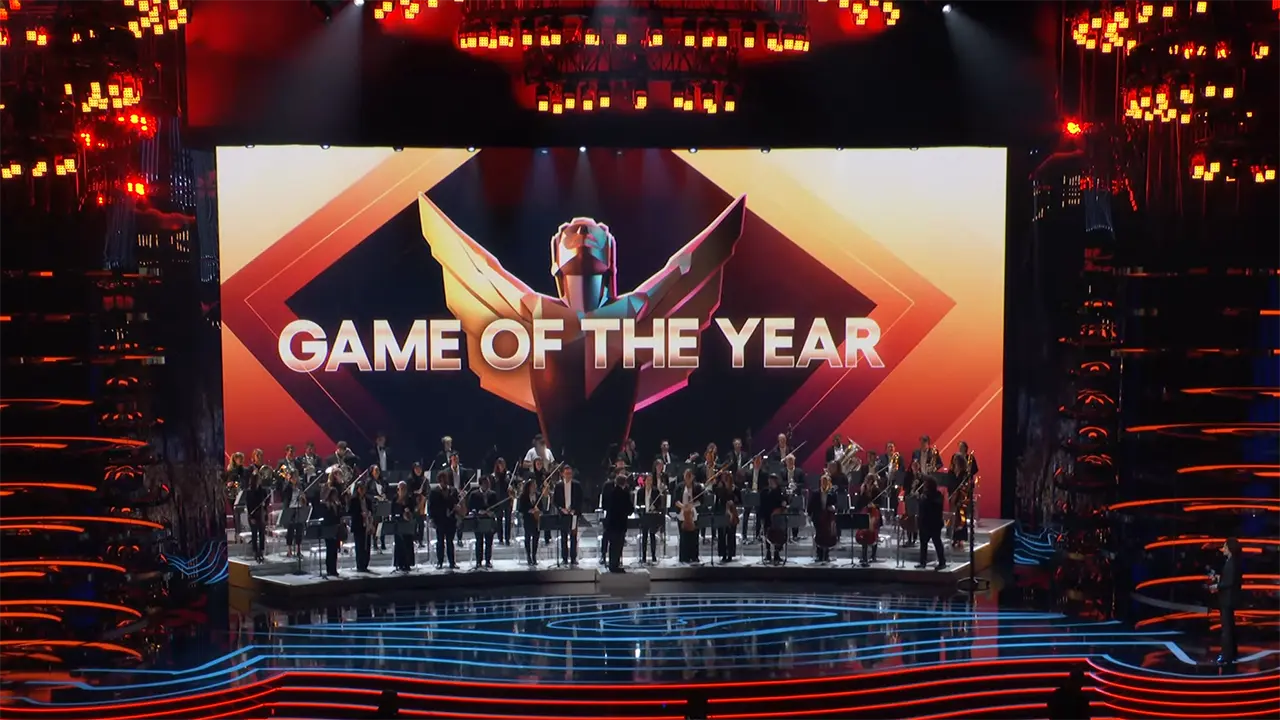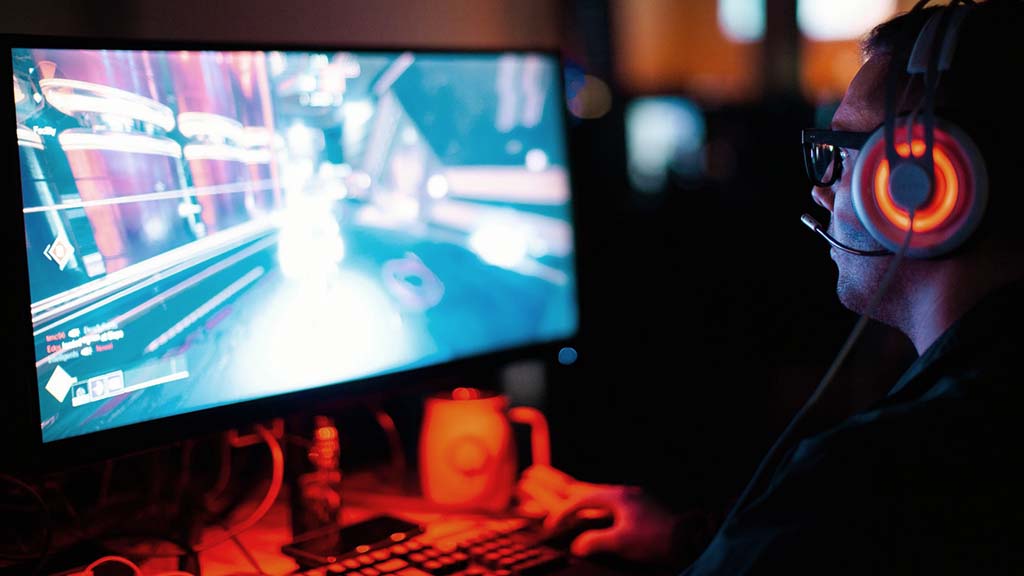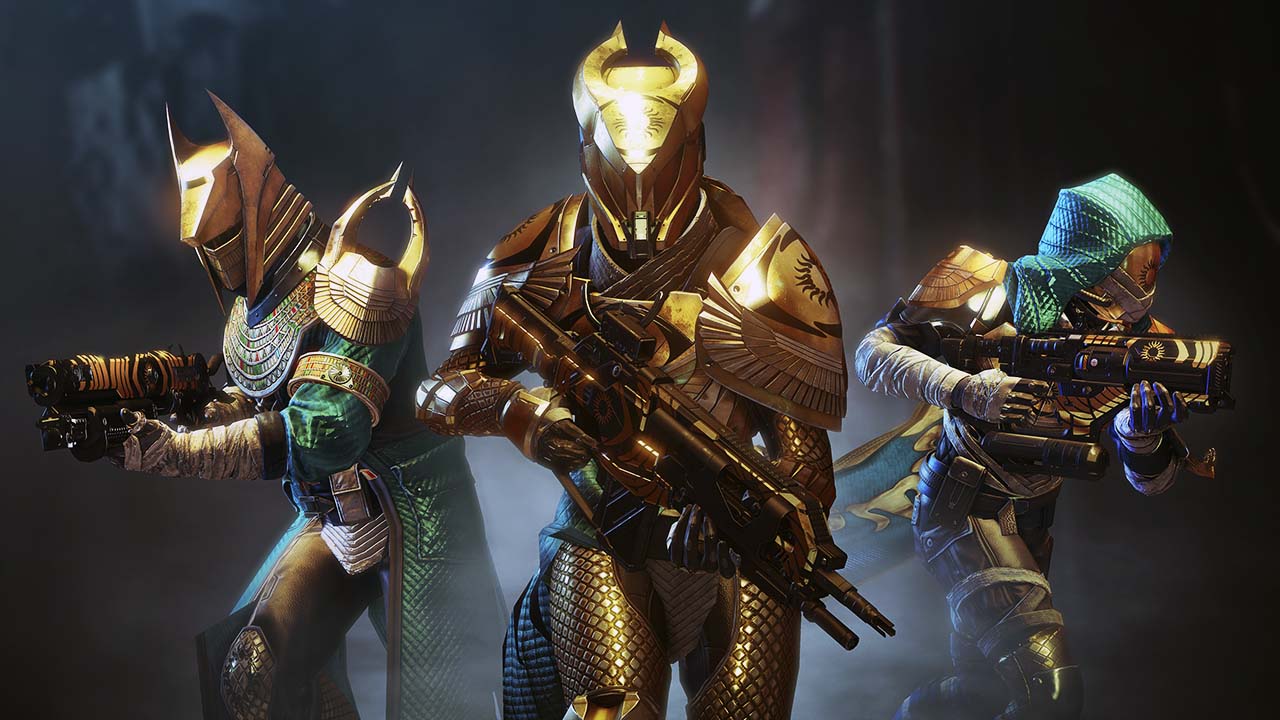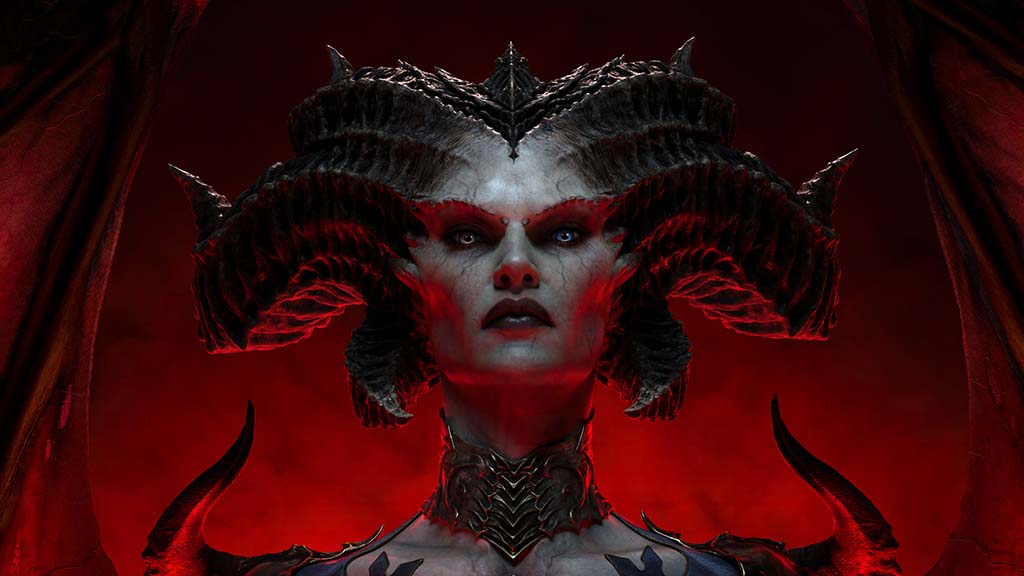Death Stranding, Kojima Productions’ latest game, has finally come to PC; and with it, NVIDIA introduced DLSS 2.0. So, in today’s game review, let’s check out what graphics card do you need in order to play Death Stranding in PC smoothly. We’ll also going to check out what DLSS 2.0 has to offer. This review isn’t going to focus on the game itself (characters, story, gameplay), but more on the graphics aspect and DLSS 2.0.

Death Stranding PC Performance Review – With and Without DLSS 2.0
Death Stranding technically isn’t a new game. It was first released, exclusively in PS4 on November 2019 last year. It was recently released to PC just this July 14, 2020. The PC version of Death Stranding offers increased visual fidelity and also introduces NVIDIA DLSS 2.0 technology. That’s what we are going to look at today. Let’s see what kind of performance improvement does DLSS 2.0 offer.
For the uninitiated, NVIDIA’s DLSS, short for Deep Learning Super Sampling, technology has been around since February 2019. It is an NVIDIA RTX technology that uses AI to boost frame rates while generating “beautiful, crisp game images”.
DLSS works by training a deep neural network on tens of thousands of high resolution beautiful images, rendered offline in a supercomputer at very low frame rates and 64 samples per pixel. Based on knowledge from countless hours of training, the network can then take lower resolution images as input and construct high resolution, beautiful images.
To put things in simple terms, it’s like running the game at lower resolution, example at 720p; and the final output is scaled at a higher resolution, like 1080p or even 2160p. This results in a higher frame rate. Unfortunately, visual fidelity was a bit compromised on the first version of DLSS. Frame rate was definitely improved, but the resulting image was not crisp and clear in DLSS 1.0.
DLSS 2.0 aims to solve that issue by providing higher frame rate without compromising the visual fidelity. NVIDIA uploaded a Youtube video demonstration DLSS 2.0 in Death Stranding.
Of course, I also took some screenshots when I tested and played the game, you can see them below. In the meantime, if you’re interested to learn more about NVIDIA’s DLSS 2.0 technology, you can read their article here. Otherwise, let’s proceed with the results that I got.
Death Stranding PC System Requirements
Below are the minimum and recommended system requirements for Death Stranding PC version. I don’t think it’s a very demanding or graphics intensive title, but it does require a more powerful graphics card especially when playing at higher resolutions and refresh rate.

The Test System Used
| Processor | Intel Core i7-10700K |
| Motherboard | Asus ROG Maximus XII Formula |
| Memory | Crucial Ballistix Elite 16GB DDR4-4000 CL18 |
| Graphics Cards | NVIDIA NVIDIA GeForce RTX 2080 Ti Founders Edition NVIDIA GeForce RTX 2080 Super Founders Edition NVIDIA GeForce RTX 2080 Founders Edition MSI GeForce RTX 2070 Super Gaming X MSI GeForce RTX 2060 Super Gaming X NVIDIA GeForce RTX 2060 Founders Edition MSI GeForce RTX 1660 Super Gaming X AMD Aorus Radeon RX 5700 XT 8G ASRock Radeon RX 5600 XT Phantom Gaming D3 6G OC ASRock Radeon RX 5500 XT Challenger D 4G OC |
| OS Drive | Crucial P1 M.2 NVMe SSD |
| Game Drive | Crucial MX500 2TB SATA SSD |
| Power Supply | SilverStone ST1000-PT |
| Chassis | Thermaltake Core P3 |
| Windows Version | Windows 10 Pro 64bit version 2004 |
| Driver Version | NVIDIA GeForce Game Ready 451.67 – WHQL AMD Adrenalin 2020 Edition 20.7.2 |
Death Stranding Graphics Settings




In Game Screenshots: DLSS Off vs DLSS On
Below are screenshots that I got. The graphic quality is set to “Very High” and the game resolution is 3840×2160. There are only two options for DLSS; they are “Performance” or “Quality” settings. In this test, I opted to use “Quality”. The screenshots on the left-hand side are DLSS Off, and the screenshots on the right-hand side are DLSS On. I’ll add links to the full screen size as well, since the screenshots for comparison below were scaled down to 1440p.






As you can see from the screenshots above, there’s no difference (visually) between the game running at its native resolution or when DLSS is enabled. There are only two things that was obvious to me when DLSS was enabled. First is that the frame rate increased. Second, on some areas, the graphics produced when DLSS is enabled looks like it’s a bit sharper and clearer compared to native rendering.
The images below are crop version from the images above. Let’s take a closer look and see if there’s any difference.


From the screenshot above, notice that the text and some lines in the image on the right-hand side is a bit sharper and clearer. That’s when DLSS 2.0 is enabled. I’m impressed with the results. DLSS 2.0 is (way) better than its previous version.
Now, let’s take a look at the frame rates that I got when benchmarking the game.
Death Stranding Graphics Benchmarks
Let’s start with the native resolution, with graphics quality set to Very High. Below are the results that I got:



Now let’s enabled DLSS 2.0 and set it to “Quality”. I can only test DLSS with RTX graphics cards. DLSS doesn’t work with AMD graphics cards, and GeForce GTX graphics cards since they don’t have Tensor Cores. Below are the results that I got:



Enabling DLSS only made this game much more playable on a 4K UHD monitor or a high refresh rate monitor with 1440p resolution. With DLSS enabled, an RTX 2070 Super is sufficient to play the game at 4K. Even the RTX 2060 (Super) almost reach 60 FPS at 2160p resolution.
I’m pretty sure that if DLSS was set to “Performance” and/or graphics quality was set to “High”, frame rates would be higher. Now let’s compare the frame rates of DLSS off vs DLSS on.
Graphics Benchmarks: DLSS On vs DLSS Off
Below are average frame rates that I got with DLSS off vs DLSS on (Quality). Blue bar is for DLSS on at Quality settings, while grey bar is DLSS off.



Depending on the graphics card and resolution, the increase in performance is different. For 1080p resolution, the performance increase ranges from ~11% to ~24%. We see a much higher increase in performance with the RTX 2060 card. I was expecting the RTX 2080 Ti would offer a much higher frame rate when DLSS is enabled.
Meanwhile, at 1440p resolution, the performance increase went up to ~25% to ~38%. Finally, at 2160p resolution, we can see a more significant performance increase when DLSS 2.0 is enabled. There is a ~39% to ~45% increase in the performance, and that’s substantial already.
The good thing about this is that visual fidelity doesn’t seem to be compromised. In fact, in some areas, we can see that some details became noticeably sharper and clearer when DLSS is enabled.
Death Stranding and DLSS 2.0 Review Conclusion

I am impressed with DLSS 2.0 technology. This helps us get higher frame rates without sacrificing the graphics quality or the experience when playing the game. Now, I haven’t tried the other games that support DLSS 2.0. But assuming they were implemented properly just like in Death Stranding, I expect the results would be similar.
To be honest, I don’t have enough time to play and finish the entire game. After spending several hours playing Death Stranding, I feel that this isn’t my cup of tea. You basically spend long hours searching for missing items, delivering packages, trekking mountainous regions and vast plains. No wonder many people are calling this game a “delivery simulator”.
Well, you do get to fight some BTs aside from simply delivering packages. So, there are also (boss) battles in this game making it challenging as well. Like I said, I don’t have the time to finish the game so I watched the summarized story instead. There are a lot in YouTube since Death Stranding was first released in PS4.
To Kojima’s credit, the story is very interesting though, with a lot of plot twists. If you have the time to play this and you don’t find the gameplay boring, I recommend that you play it.
Going back to NVIDIA’s DLSS 2.0, all I can say is I am really impressed. I hope this technology would be implemented in many more graphics intensive game. In my previous GeForce RTX reviews, I did not add or recommend using DLSS (ver 1). For me, it was really that bad. Sure, you do get a higher frame rate, but graphics quality is compromised. However, that is no longer the case with DLSS 2.0.
Finally, if you don’t have Death Stranding yet, NVIDIA is currently running a promotion. For a limited time, you can get a free copy of the game when you buy a qualifying GeForce RTX 20 series graphics card. You can also get a copy of the game when you buy an NVIDIA RTX-powered gaming desktop or gaming laptop. The promo runs from July 9, 2020 until July 29, 2020 or while supplies last.
Below are links to where you can buy RTX graphics cards or NVIDIA RTX-powered PCs.
- NVIDIA GeForce RTX Graphics Card available at Amazon.com here or Newegg.com here
- NVIDIA-powered Gaming Desktop PC available at Amazon.com here or Newegg.com here
- NVIDIA-powered Gaming Laptop available at Amazon.com here or Newegg.com here







